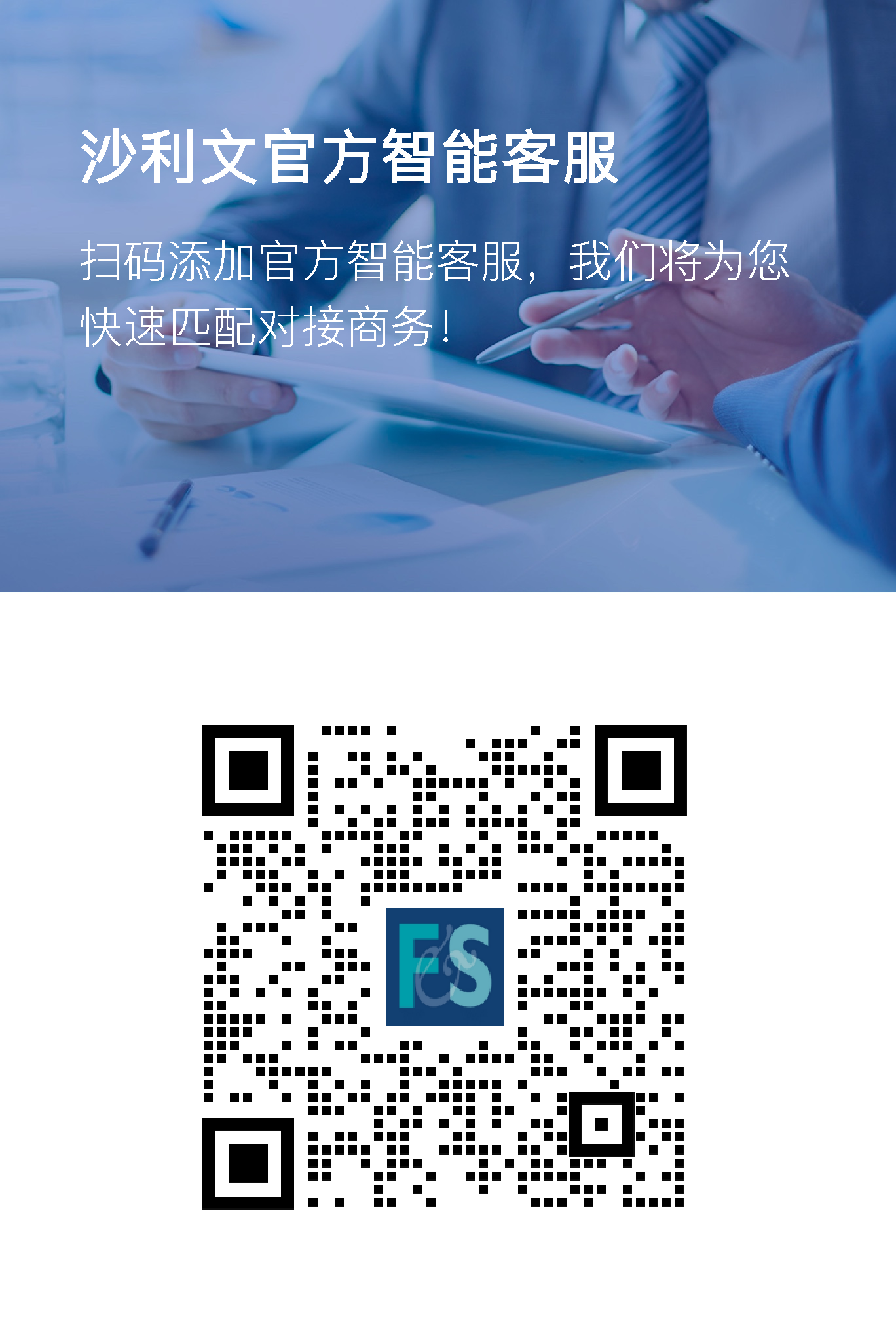Government departments in the emerging Asia-Pacific region are currently adopting hybrid cloud solutions to improve information management, service capabilities and data security. Hybrid cloud allow government agencies to store sensitive data in private cloud while using the public cloud to provide online services and resources. At the same time, businesses are also undergoing digital transformation to improve efficiency and innovation. Hybrid cloud allow them to run business-critical applications in private cloud while gaining flexibility and scalability in a public cloud. In emerging Asia-Pacific regions such as Hong Kong, Malaysia, Singapore, Thailand, and the Philippines, data compliance and privacy regulations are very stringent, and governments and enterprises use hybrid cloud to ensure that sensitive data is stored and complied with local regulations. At the same time, governments and enterprises will also use the services from multiple cloud providers to improve availability and reduce dependence on a single cloud provider. Governments and enterprises in the emerging Asia-Pacific region are also leveraging hybrid cloud for big data analytics and artificial intelligence projects.
Overall, Frost & Sullivan believes that cloud migration in the emerging Asia-Pacific region have the following trends: First, the partnership between hybrid cloud users and cloud vendors will deepen. Existing cloud users will deepen cooperation with cloud service vendors as their businesses expand and adopt emerging technologies, thereby further improving the regional service capabilities and enriching the customized product matrix offered by international cloud vendors. Second, customer profiles are further diversified. Traditional application fields, such as governments, financial institutions, and telecommunication comapnies, will still be the core user groups of hybrid cloud; however, under the background of digital transformation of traditional industries accelerated by policy encouragement and technology improvement, sectors like energy, light industry, and transportation, consumer goods and other traditional sectors will become new growth points for hybrid cloud in the emerging Asia-Pacific region; third, the hybrid cloud product matrix will be furthur diversified. Comprehensive hybrid cloud solutions will be further evolved to meet the diverse needs of customers, providing tools and technologies for efficient workloads, data transfer and performance monitoring. High-end services such as artificial intelligence and big data analysis based on business decision-making and model innovation are provided by one cloud service provider.
From the technology perspective, Frost & Sullivan believes that the development of hybrid cloud in the emerging Asia-Pacific region will present the following key trends:
First, at the infrastructure level, the trend of cloud-edge collaboration and compatibility with heterogeneous computing chips will further deepen. On the one hand, cloud-edge collaboration infrastructure will become mainstream: the increase in edge devices has driven the demand for native innovation based on hybrid clouds, and cloud-edge collaboration infrastructure can connect cloud users' "headquarters-branch-edge" resources, and collaboration with external public clouds or industry clouds creates a "cloud of different perspectives" from the edge of the cloud, and between clouds. On the other hand, compatibility with heterogeneous computing chips has become a significant trend: as the complexity of the business environment faced by governments and enterprises unfolded and the speed of update and iteration further increased, the computing infrastructure will be further diversified, and traditional core businesses will be moved to the cloud and diversified computing nodes deployment is becoming increasingly popular, calling for cloud platforms with higher compatibility with heterogeneous computing chips.
Second, in terms of operation security, professional operation and maintenance, cloud-native security, and multiple-architecture cloud disaster recovery are inevitable. First of all, professional operation and maintenance has become a trend: as the core business of enterprises moves to the cloud, the complexity of cloud operation and maintenance increases exponentially. A professional operation and maintenance team becomes the key to breaking through the in-depth cloud use stage which commonly encounters the issues of large scale and deep stack. Secondly, with the adoption of cloud-native architecture, cloud-native security will become the core of secure IT operations: End-to-end security services that empower cloud users to implement security measures in every chain from the data center to the cloud have become mainstream. Furthermore, cloud disaster recovery with multiple architectures will become increasingly important: through the combined application of multiple architecture models such as local, same-city, off-site, and hybrid cloud, the cloud disaster recovery architecture project that meets the disaster recovery requirements of cloud users with diverse business portfolios has become a top priority.
Third, an integrated and open ecology will gradually take shape: Leading cloud vendors will strengthen the construction of a capability-centered ecological partner development system (including multiple types of partners such as software, services, and system integration), deepen the ecological development of application scenarios, realize sharing of rights and interests, and to maintain win-win cooperation with partners in the ecosystem.
Fourth, application development modernization is further accelerated: Cloud-native development accelerates innovation incubation. The development model changes from traditional "waterfall" development to cloud data-driven DevOps. Application development and deployment move toward automation, empowering traditional enterprise architecture to transform into microservices/ serverless.
Fifth, intelligent services will be improved in quality and efficiency which promotes the integration of enterprise-specific intelligence and cloud-digital intelligence. In terms of enterprise-specific intelligence, one-stop construction of exclusive large models for enterprises has become a trend, calling for intelligent computing power and full-stack production tools that are in line with the AI era. So it could deeply empower operator fusion and mixed-precision optimization, and improve enterprise artificial intelligence by improving training efficiency, thus making the whole process of enterprise production intelligent; in terms of cloud-digital intelligence integration, AI technology adapts to government and enterprise infrastructure and data architecture, and empowers unified metadata management. Cloud-native integrated data lake empowers full-chain data governance, data reuse and intelligent decision-making, achieving greater availability, higher security, better regulatory compliance and thus realizing seamless allocation of resources from on and off the cloud.
Looking forward to the future, Frost & Sullivan expects that as the trend of deeper cloud adoption in the emerging Asia-Pacific region further strengthens, the hybrid cloud market is expected to be further expanded, with more diversified products and improved technology leadership. Cloud vendors that can tango with this trend and develop hybrid cloud business model and technology in advance are bound to gain greater advantages and lead the game.


